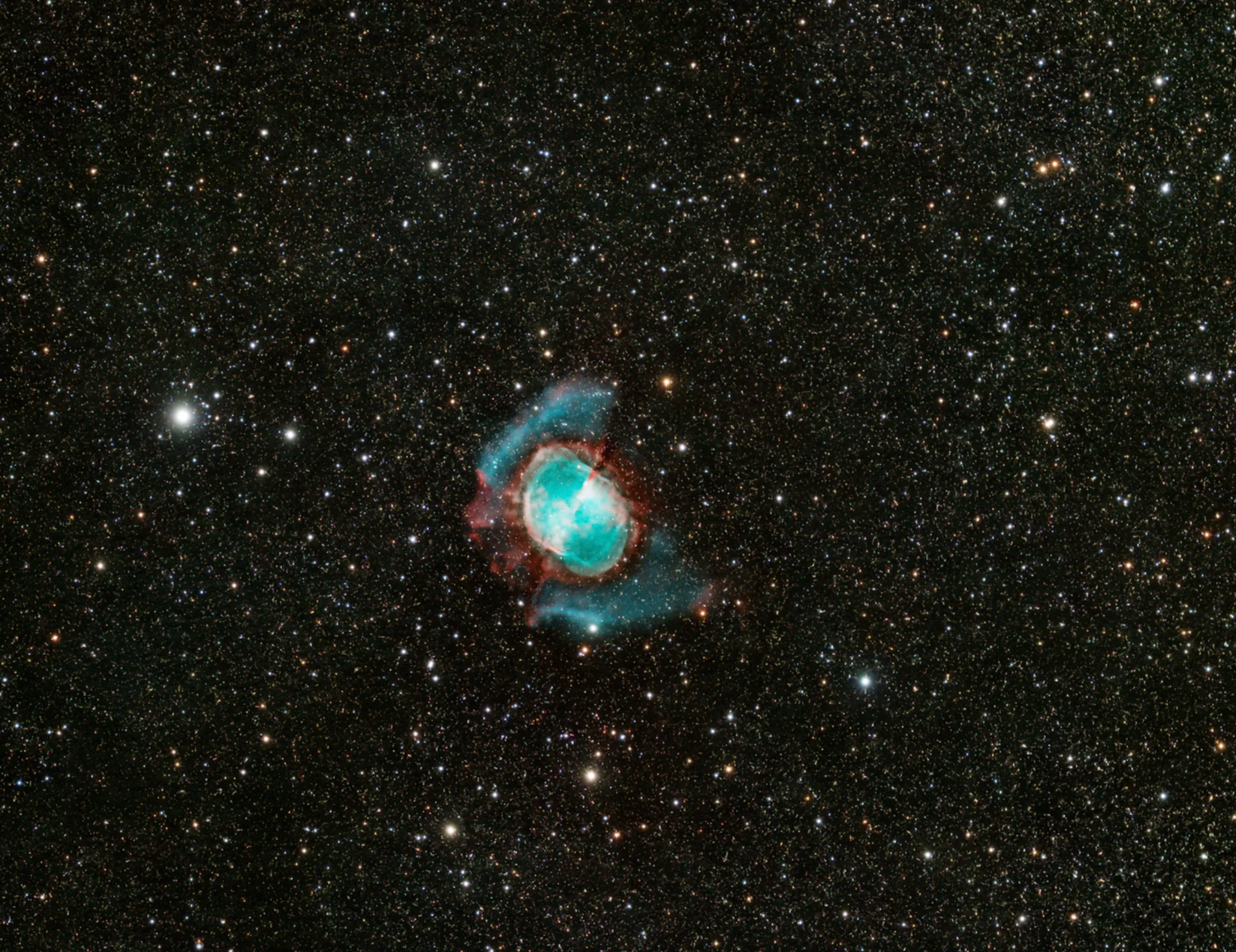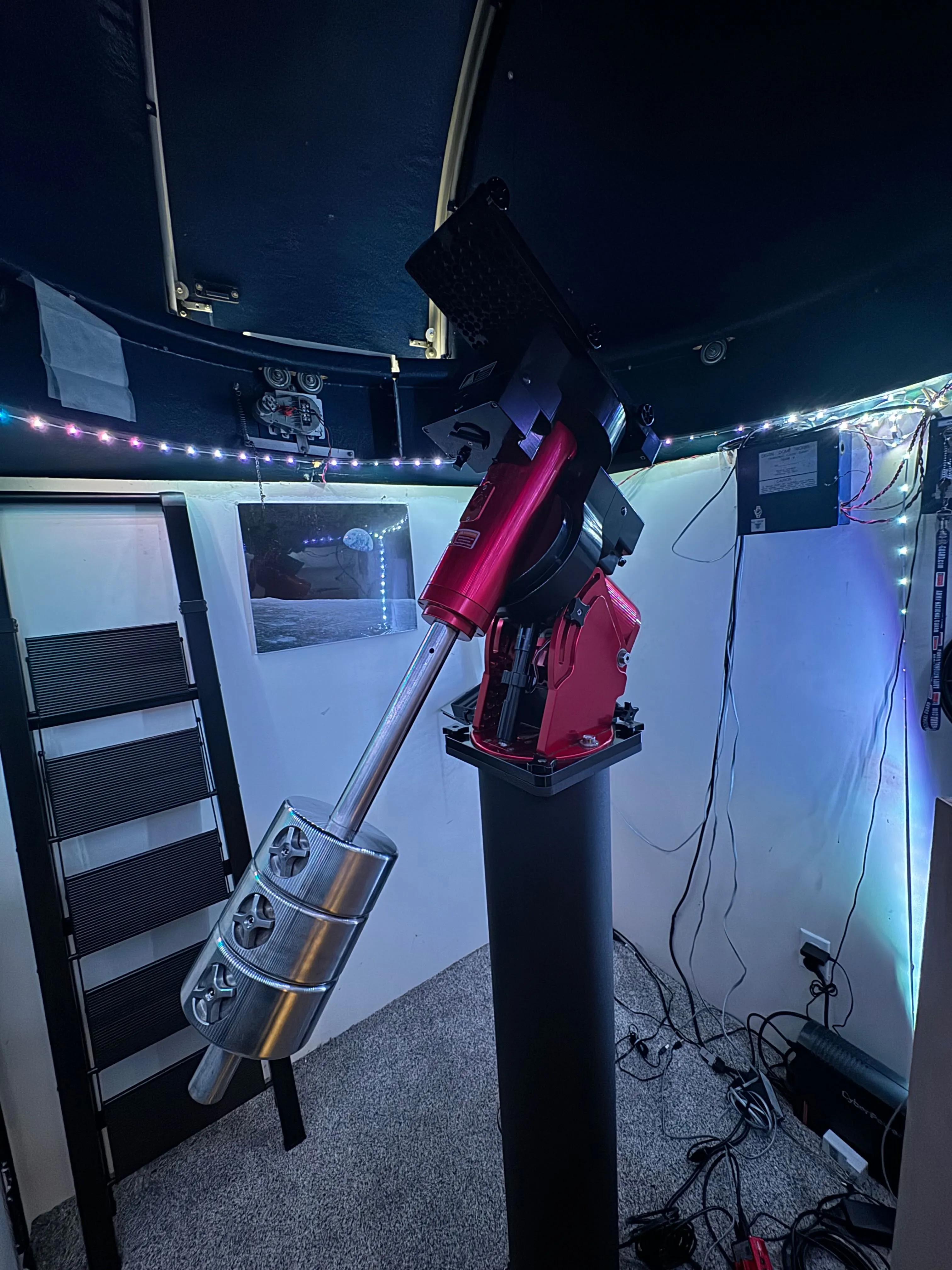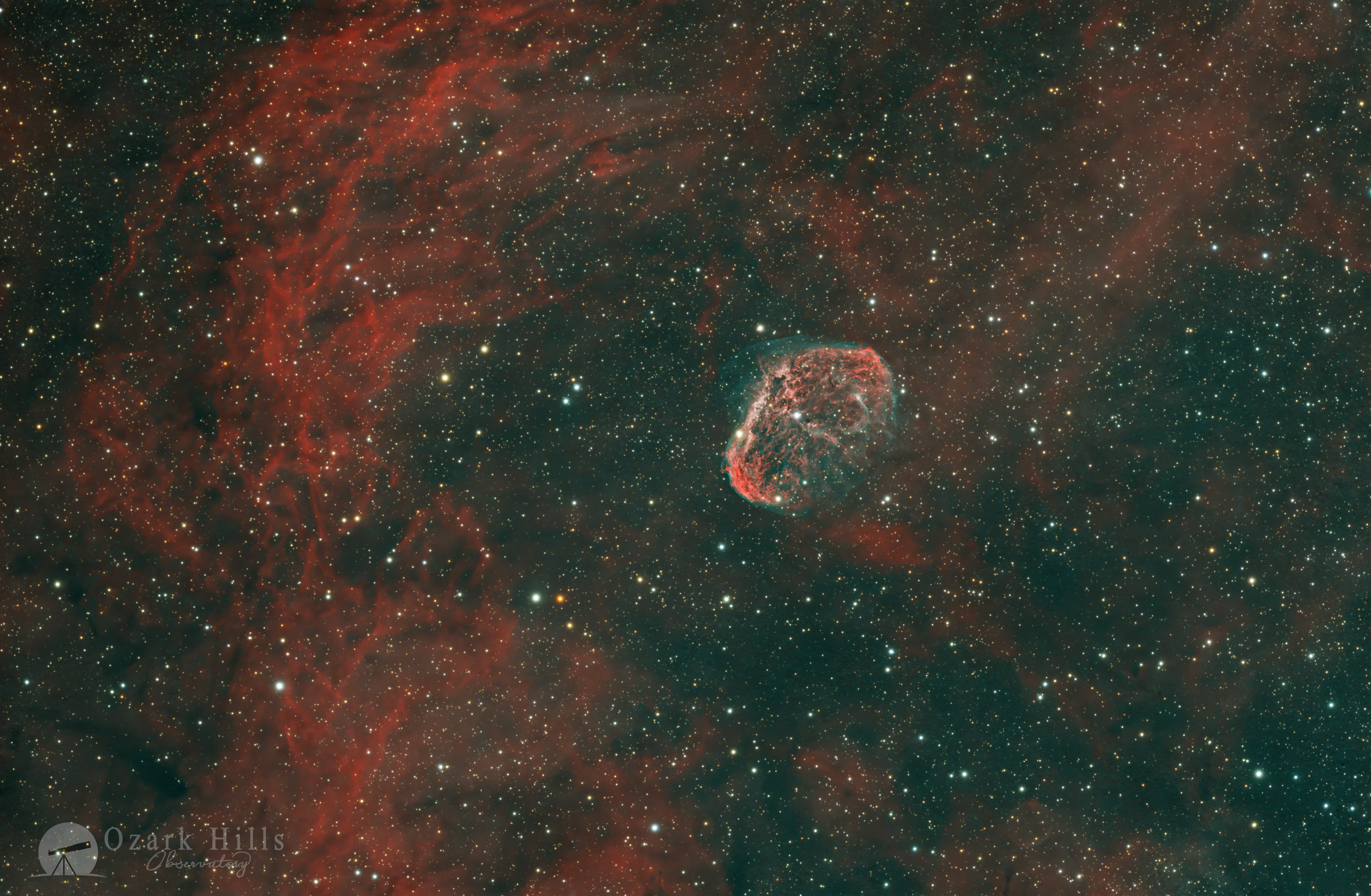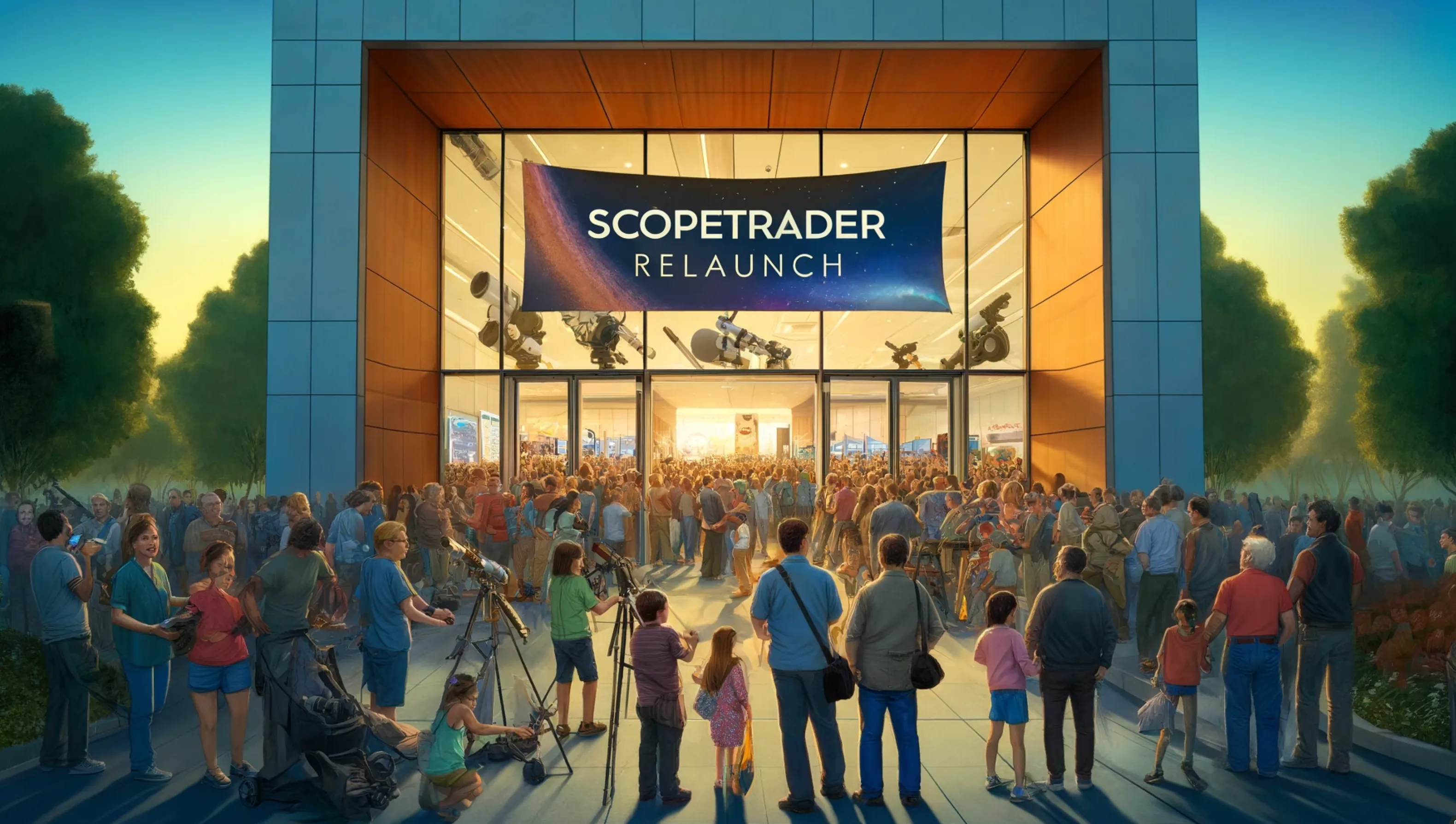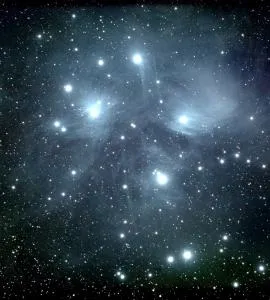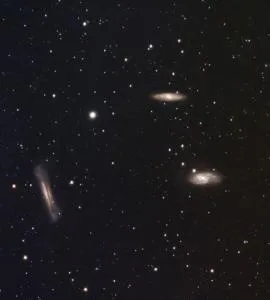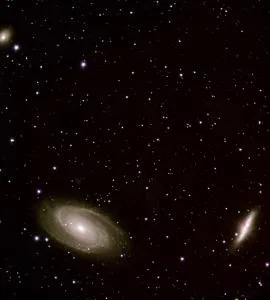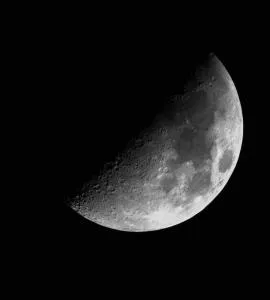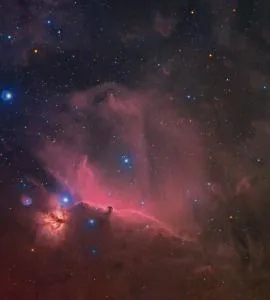M16 eagle nebula pillars of creation astrophoto with CDK24 by Richard Harris

M16, "Pillars of Creation", often referred to as the Eagle Nebula by astronomy enthusiasts and astrophotography aficionados, stands out as one of the most luminous nebulae visible from Earth. Richard Harris takes aim at M16 with the 24" PlaneWave telescope in Chile and the results are amazing.
The famous Eagle Nebula, or M16 to us Astronomers, or as made famous by the Hubble Space Telescope in 1995, "The Pillars of Creation". It's one you probably recognize the most because it's been on mugs, t-shirts, posters, and tatoos by folks worldwide.
The Eagle Nebula is a young open cluster of stars surrounded by a vast cloud of gas and dust. It was discovered in 1745 by the Swiss astronomer Jean-Philippe Loys de Chéseaux, and is located 7,000 light-years from Earth in the constellation Serpens. With an apparent magnitude of 6, the Eagle Nebula can be spotted through a small telescope and is best viewed during July in North America.
Eagle Nebula Astrophoto Details
Telescope: PlaneWave 24"
Mount: Planewave L600 direct drive mount
Camera: Moravian C3-61000 Pro, Temp= -10, Gain-0
Guider: ZWO ASI 174mm mini as the guide camera, off axis guided
Controller: NINA
Acquisition: RGB+L 8 frames @ 600 seconds each (6.5 hours total), Ha 8 frames @ 600 seconds each
Darks/Flats/Bias: (15-25 each)
Processing: Pixinsight, Photoshop
Location: Chile/Missouri
Bortle: 1
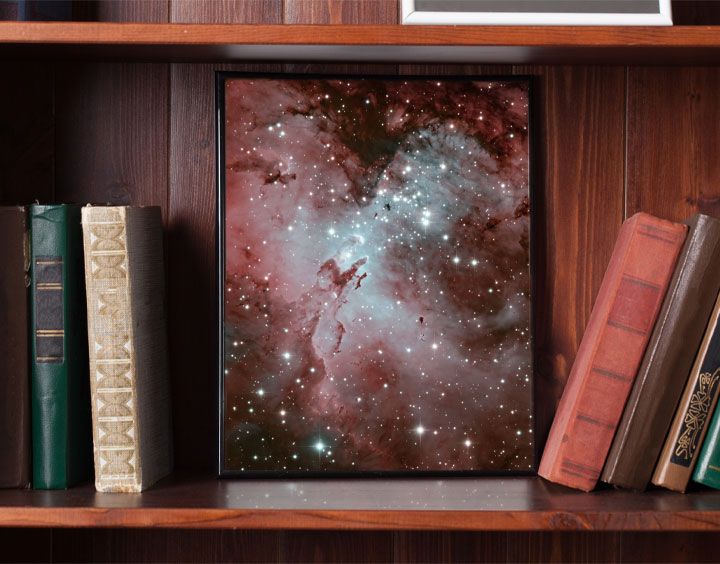

The Eagle Nebula, like many other astronomical objects, is captured in multiple wavelengths to gain a comprehensive understanding of its structure, composition, and the processes occurring within it. Observing in various wavelengths provides different and complementary information about the nebula.
Check out this viewspace.org comparison of the many types of photos taken of the M16 Pillars of Creation.
My shot was in the mostly visible spectrum: Red, Green, Blue, and Hygrogen Alpha.
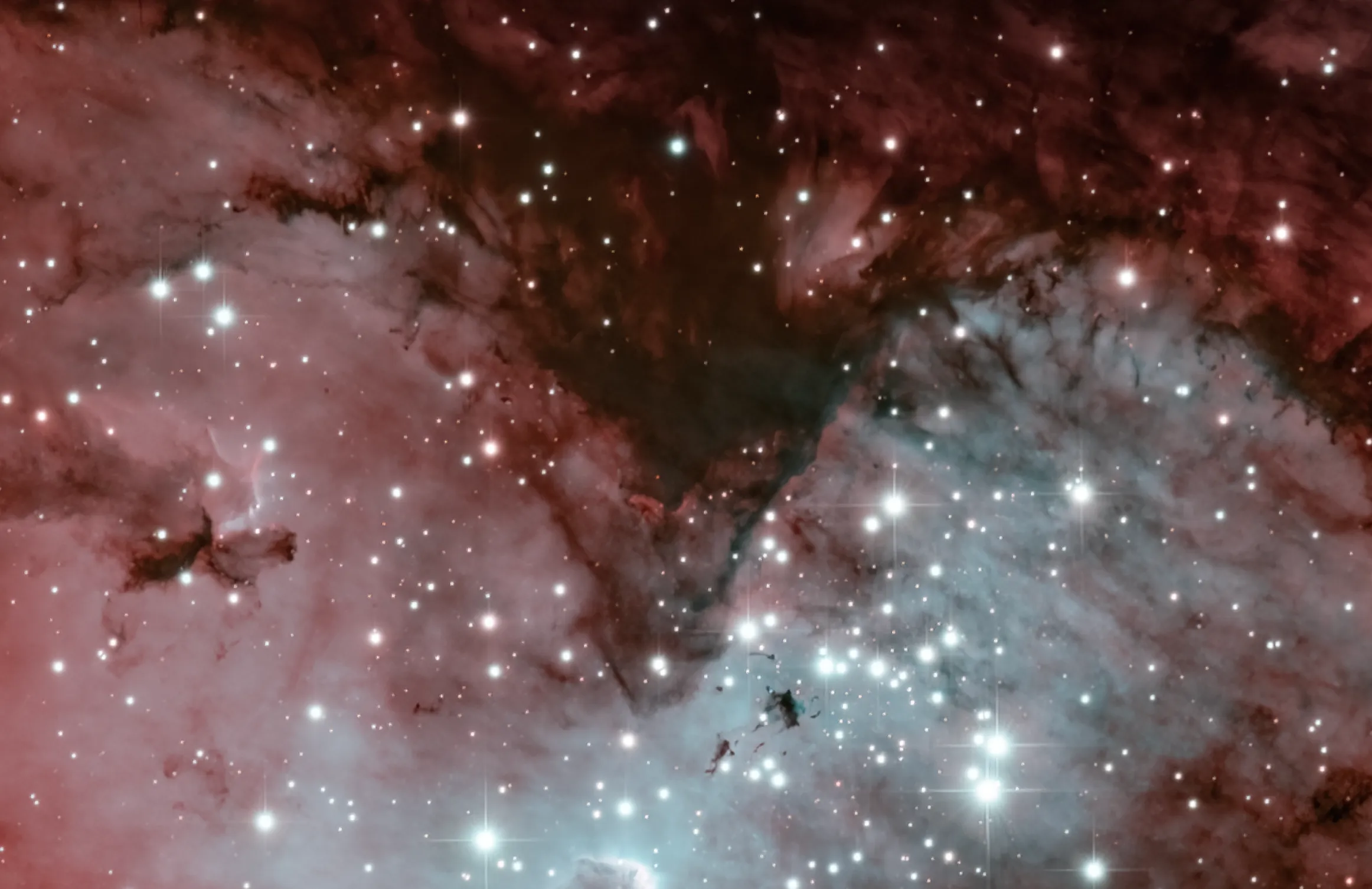
The Bible and The Eagle Nebula
Inspired by the divine scriptures, I often turn to the Holy Bible to illuminate the splendor of our cosmos, seeking to infuse the celestial subjects of my photographs with a touch of heavenly perspective.
For the Eagle Nebula, I turn to Isaiah 40:31 - But those who hope in the Lord will renew their strength. They will soar on wings like eagles; they will run and not grow weary, they will walk and not be faint.
Hubble 1995 Pillars of Creation compared to Ozark Hills Observatory 2023, almost 30 years apart!
Telescope and camera technology has come so far.
The photo below shows a comparison of what the Hubble captured in 1995 and what the CDK24 in Chile captured, and I processed in 2023. Not too shabby I say, especially considering my image is just under 7 hours from a land-based telescope, and Hubble's photo is comprised of hundreds of hours of data acquisition from a telescope floating in space!
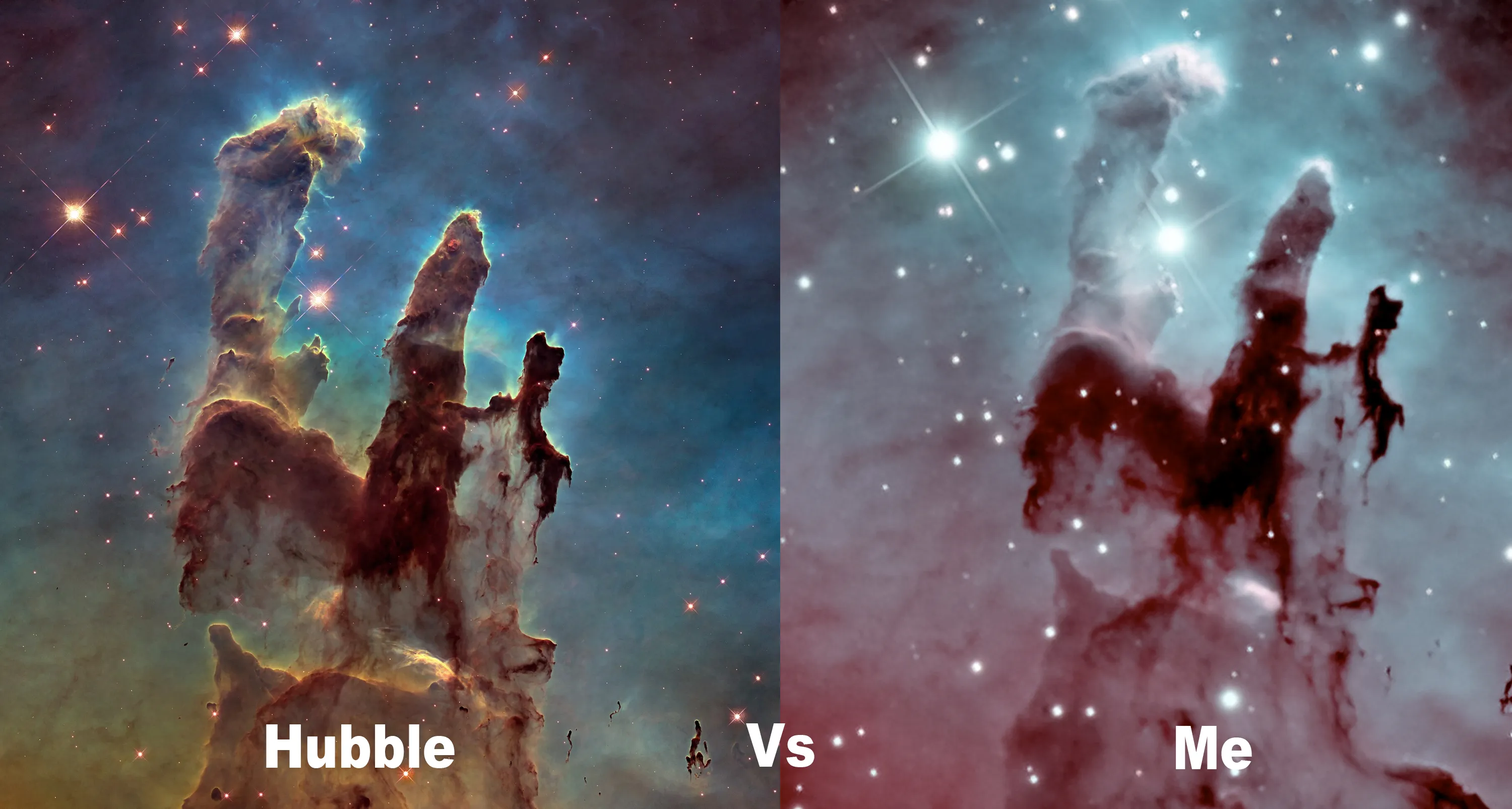
About the Author

Meet Richard Harris, a passionate and dedicated astronomer who embarked on a cosmic journey at the age of 11 and has been reaching for the stars ever since. Born with an innate curiosity for the universe. Richard's fascination with astronomy ignited when he first gazed up at the night sky and felt an indescribable connection to the cosmos and creation. As a younger lad, Richard spent countless hours poring over astronomy books, studying constellations, and learning about the celestial wonders that grace our skies. In 2001, Richard invented the HyperTune telescope process, which has grown into the standard for German equatorial telescope mount tuning across the globe. He is also the founder of ScopeTrader, a global resource helping to grow the hobby of astronomy which started in 2002, and the CEO of Moonbeam software company, started in 2008. When he's not taking photos of our universe, you can find him with family, playing guitar, or traveling.

